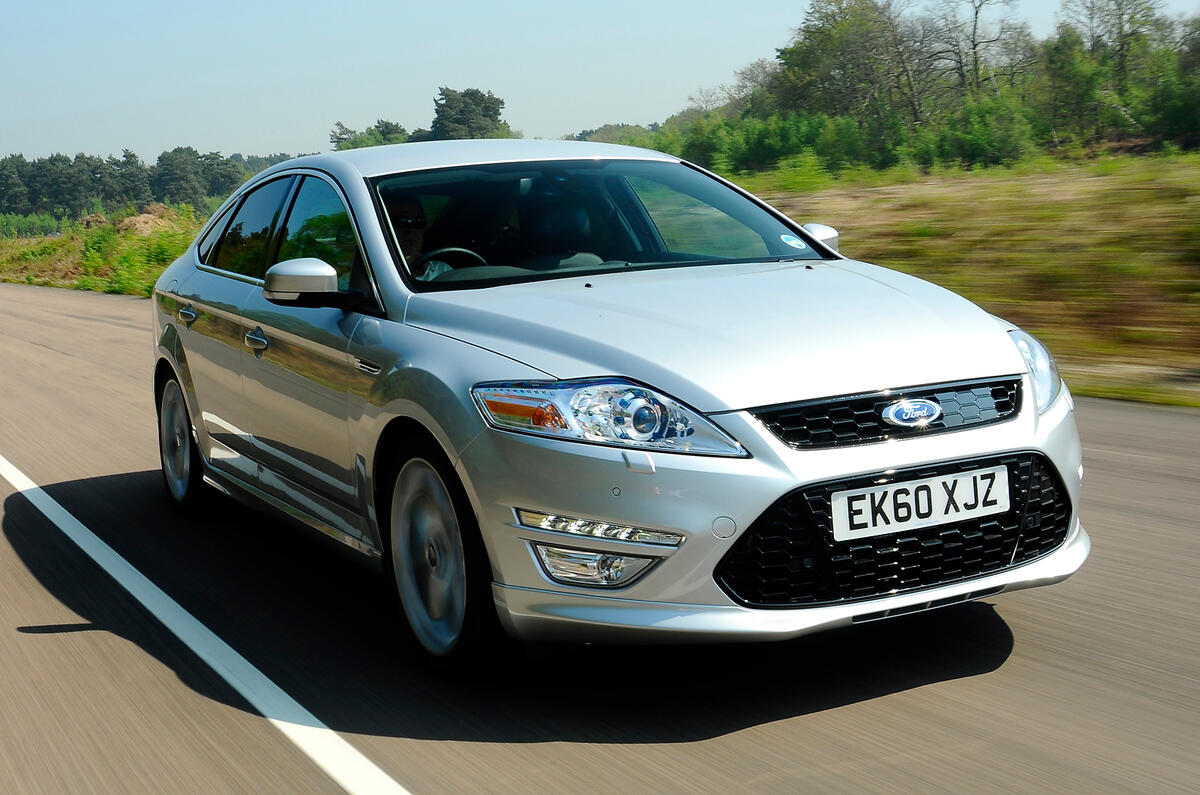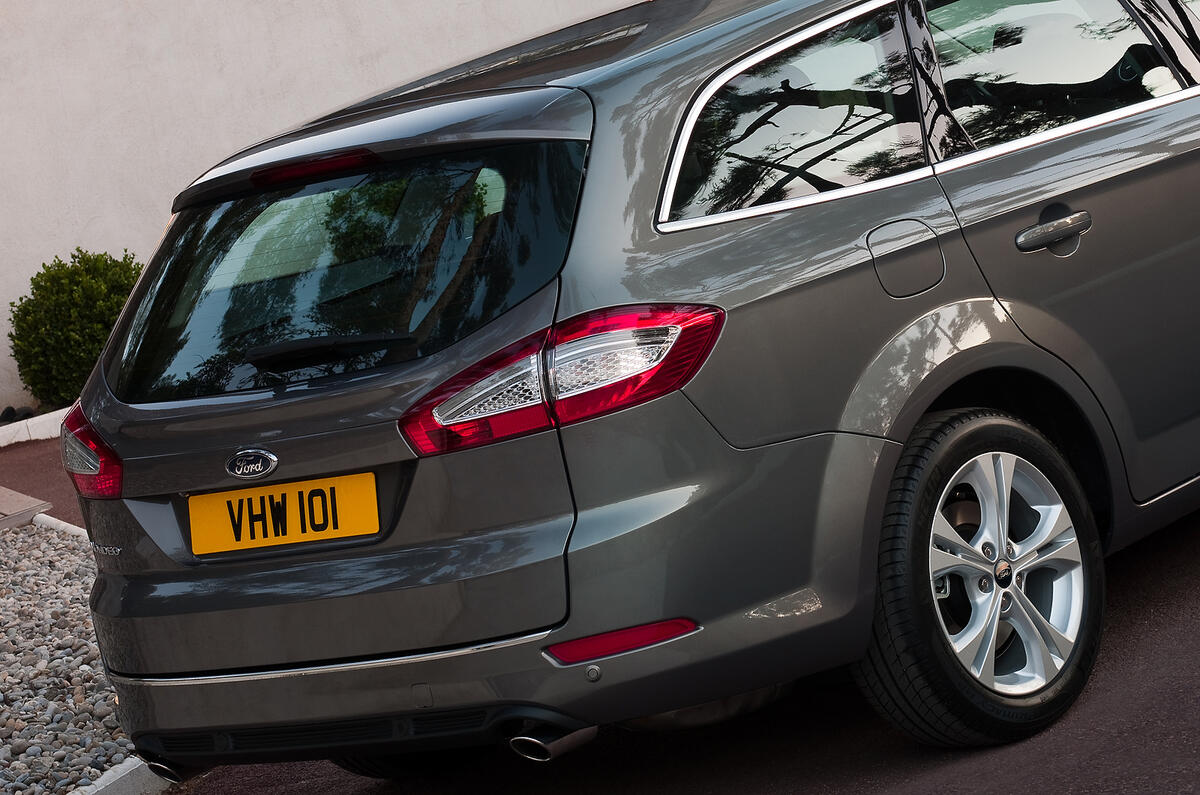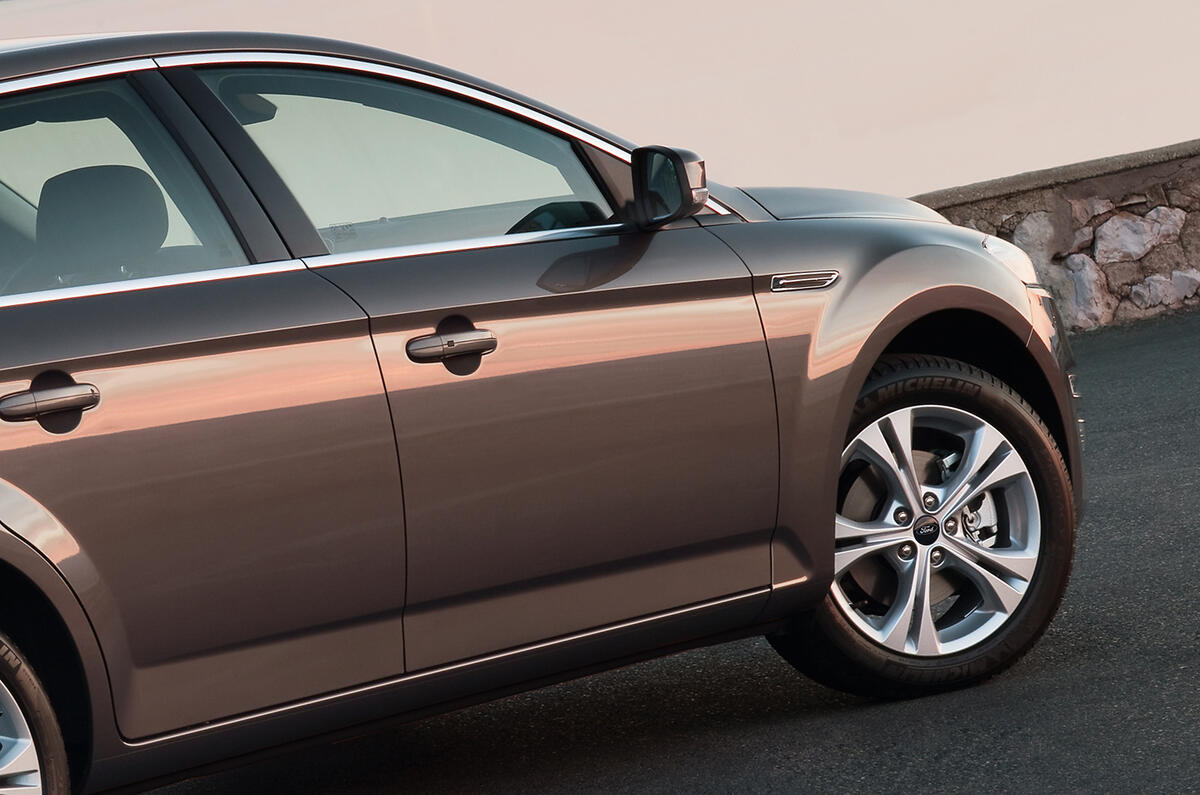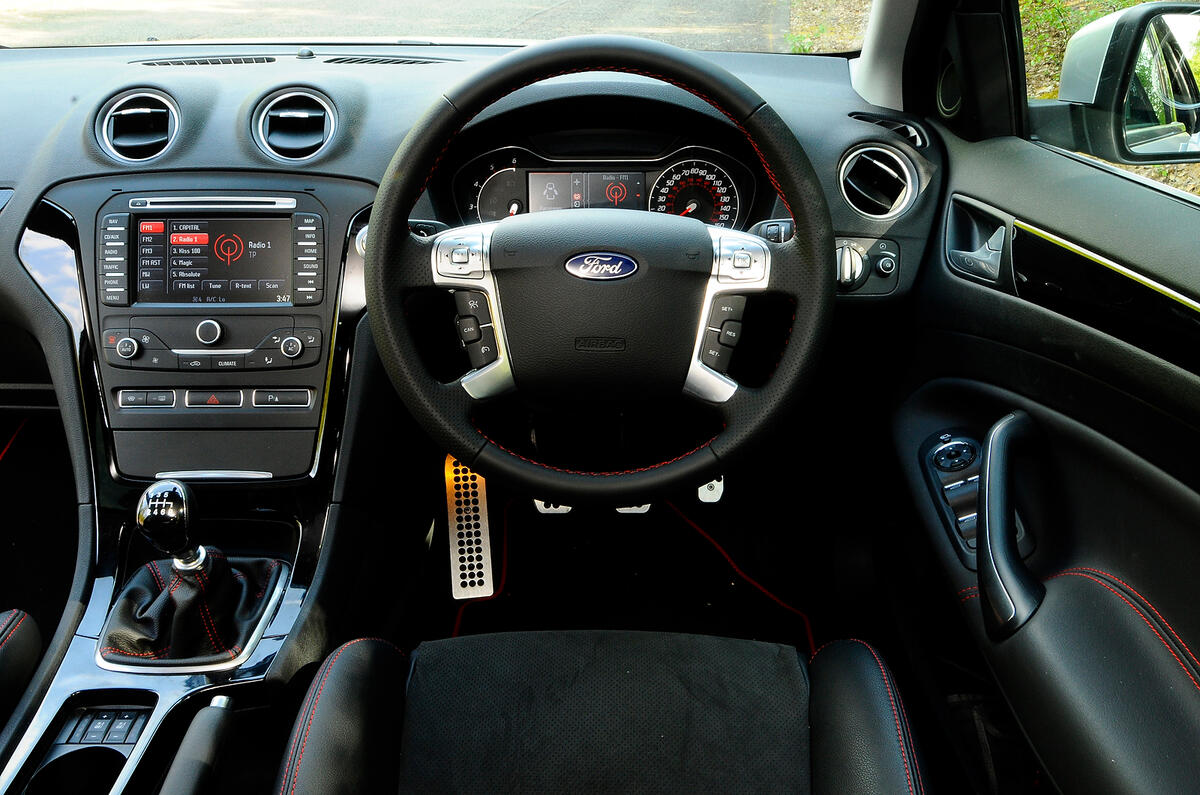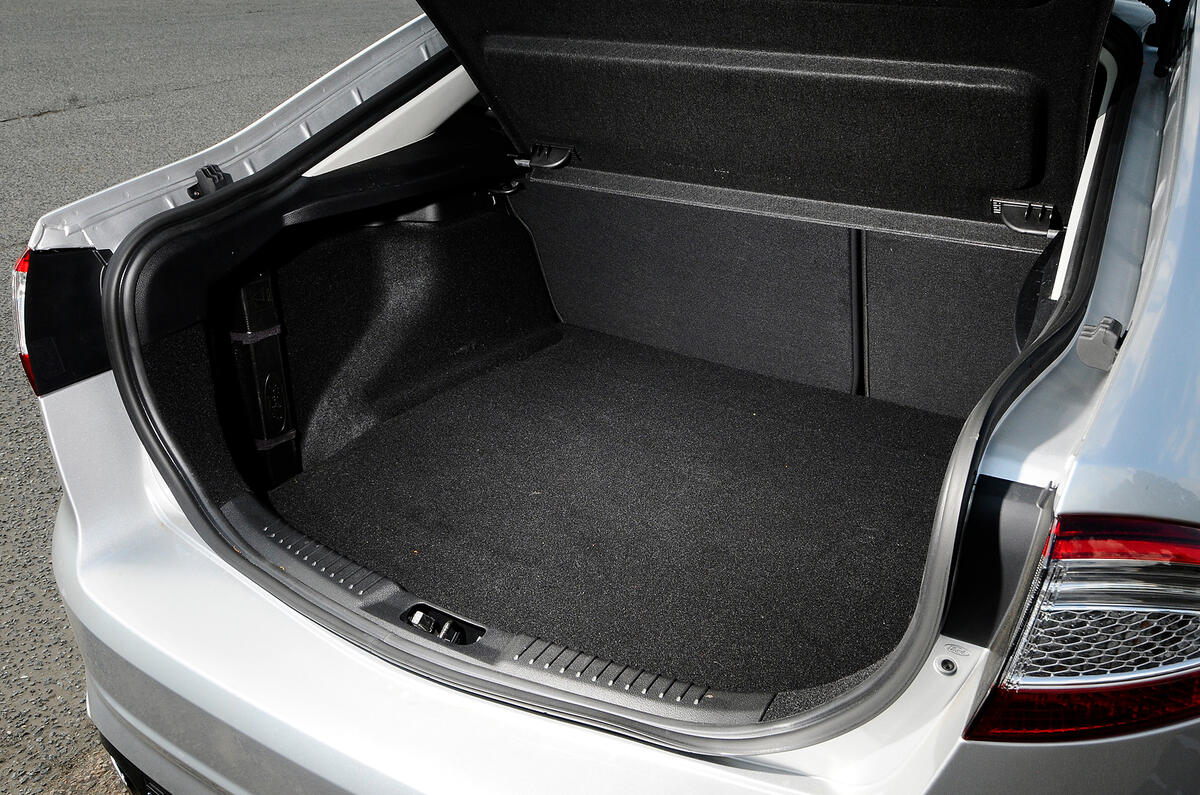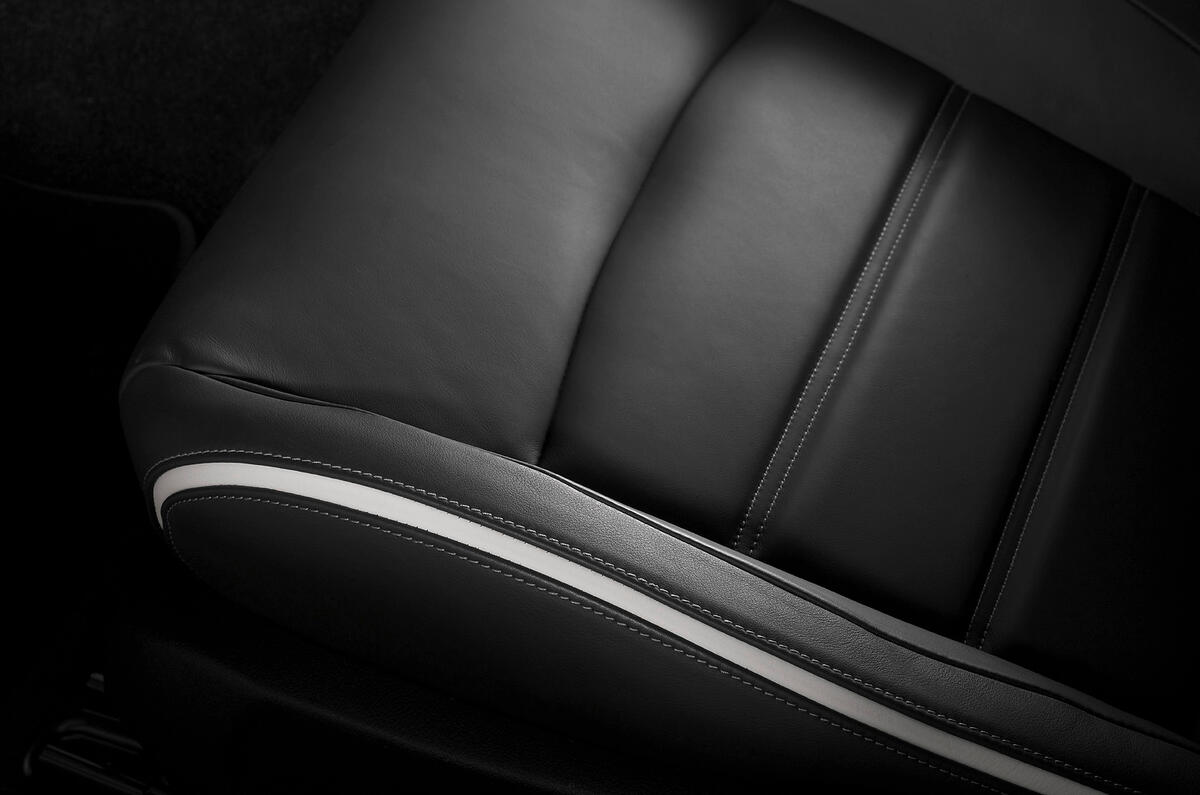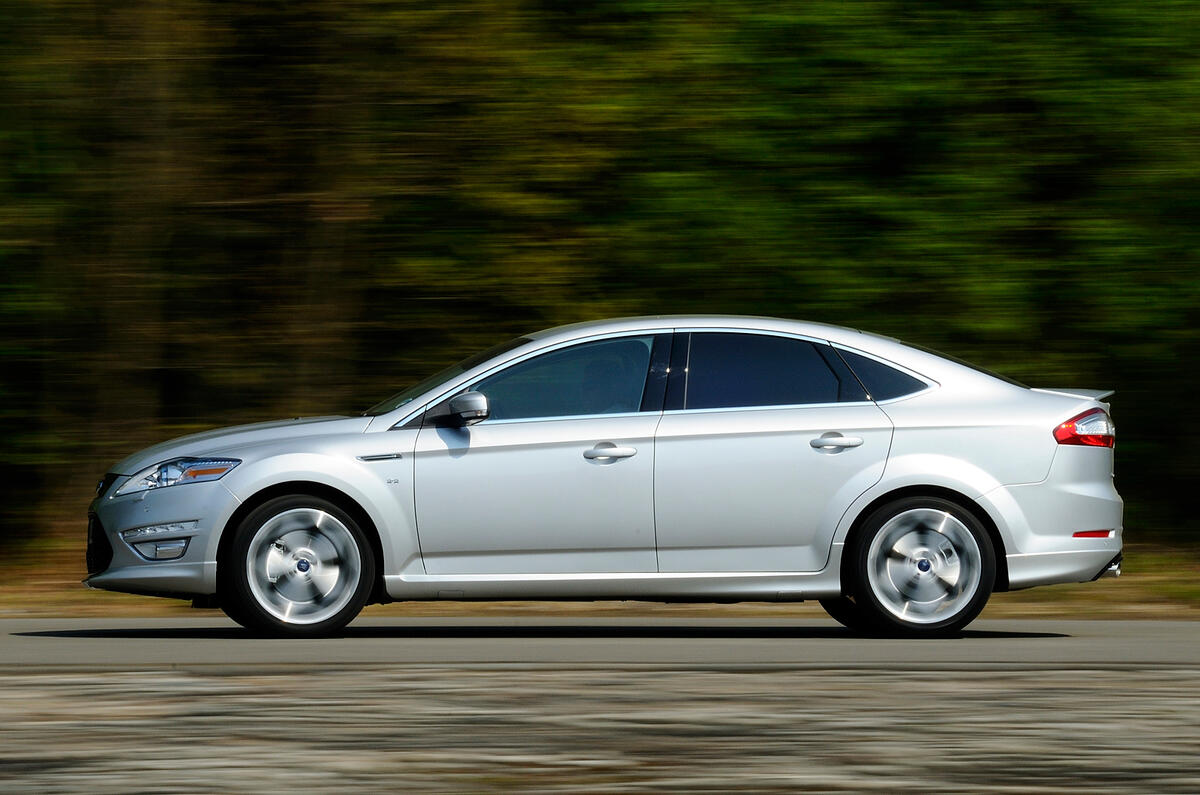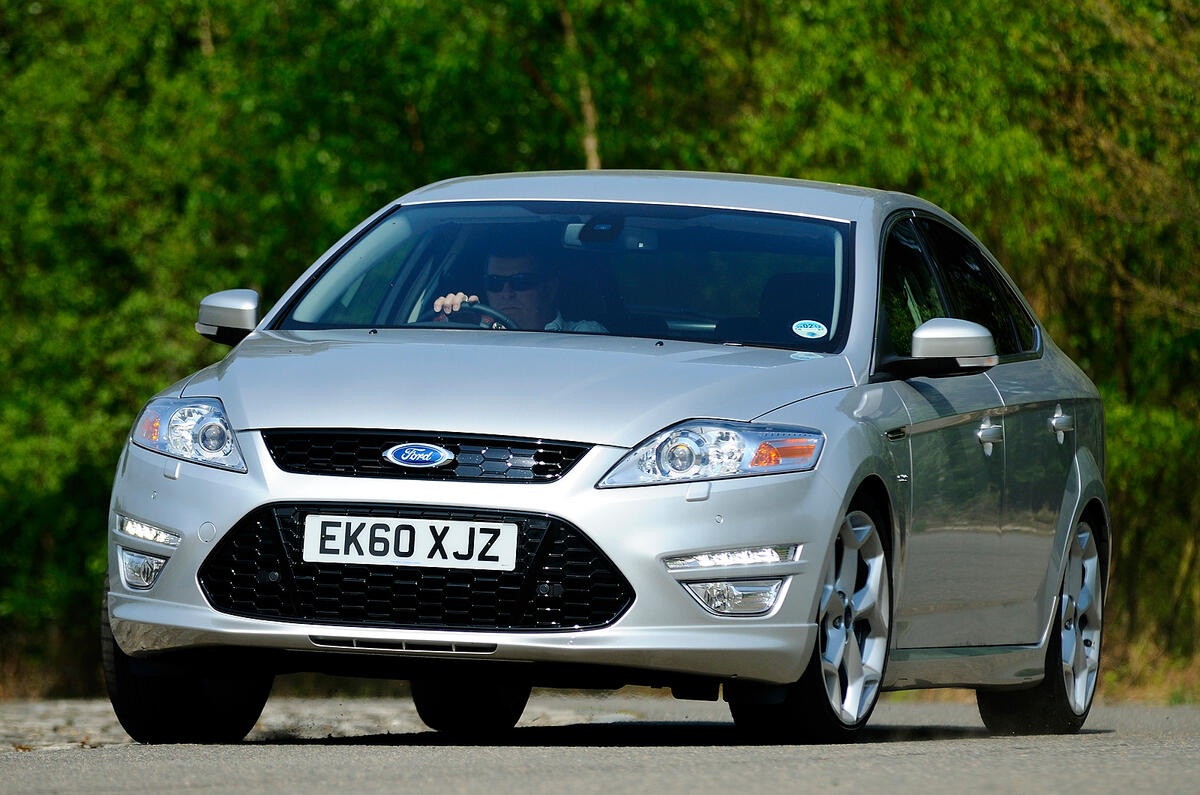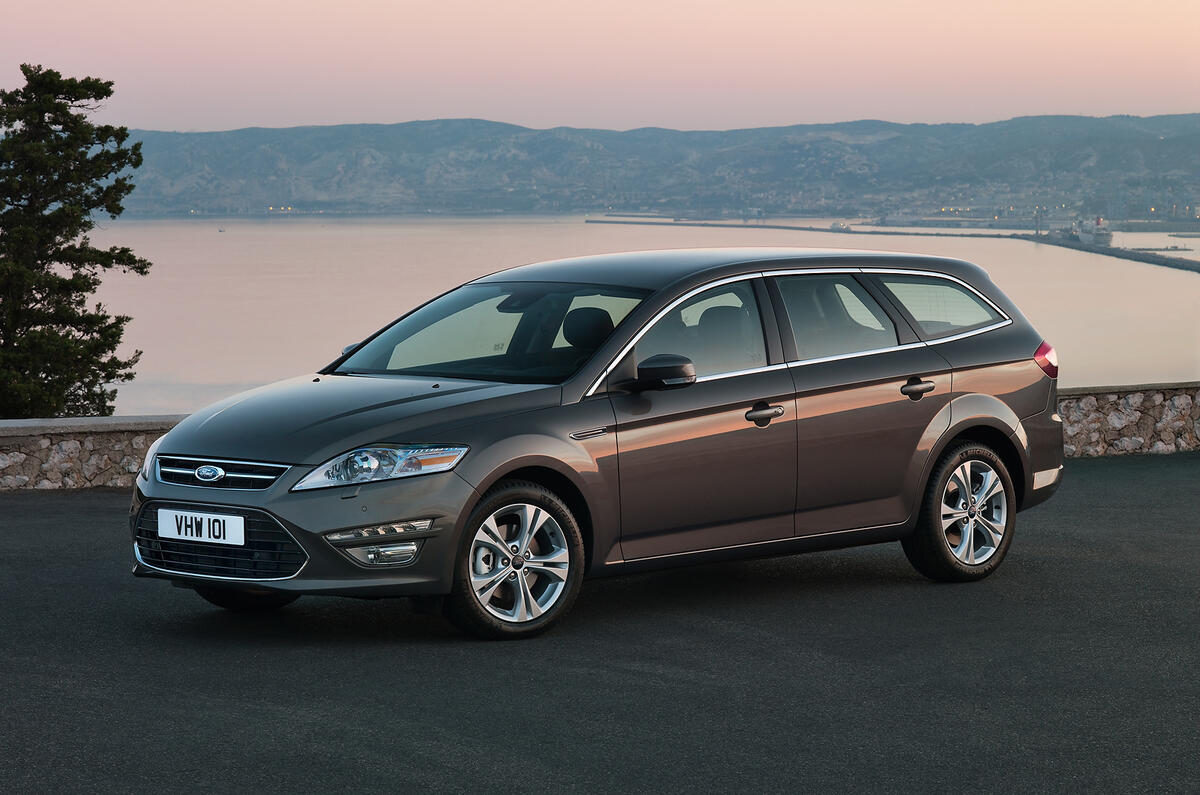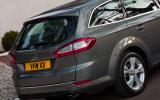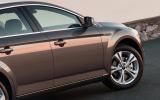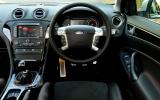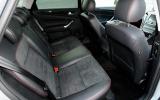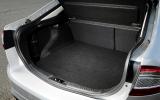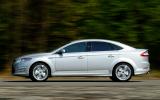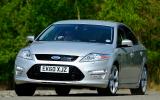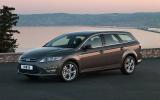‘Mondeo Man’ may no longer have the political sway he once did, but he still needs a car to drive. While premium family ranges from BMW, Audi and Mercedes-Benz sell in ever greater numbers, sales of cheaper rivals from Ford and Vauxhall have been finding ever fewer buyers as the middle market becomes gradually squeezed.
Cars like the Ford Mondeo were once market leaders, matching their supermini stablemates for sales. Indeed, Ford shifted almost three quarters of a million examples of the original Mondeo in the UK alone in its seven-year lifecycle. Sales of this generation have don't even reach a third of that as it heads into its final months of service.
Just ask French manufacturers how difficult it is to sell cars in the Mondeo’s class in the UK; Renault has axed the Laguna altogether, Peugeot had to replace the 407 and 607 with just one car, the Peugeot 508, and sales of the Citroen C5 have fallen off the edge of a cliff.
But that doesn’t stop these brands like Ford from having repeated cracks at this shrinking market. The numbers are worth chasing if the investment is spread across multiple models and you can tempt premium buyers by offering well kitted cars developed to the point of offering irresistible value.
That’s the theory, at least. The Ford instantly offers value by providing more metal than your BMW 3 Series as well as a level of finish, kit and sophistication that gets closer to what a BMW offers, for thousands less. It’s a combination that Ford hopes will at least allow the Mondeo to maintain its sales momentum, if not build on it.


